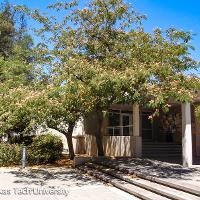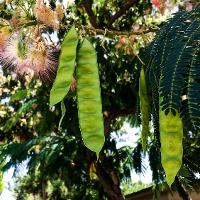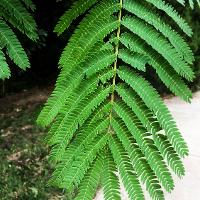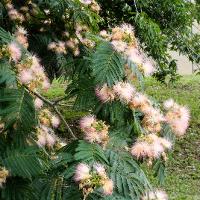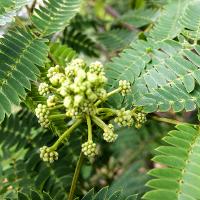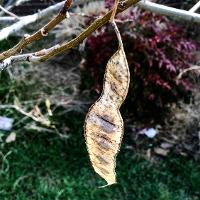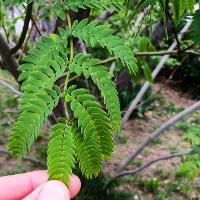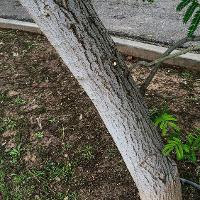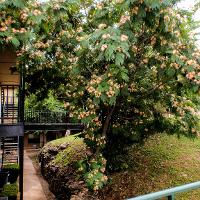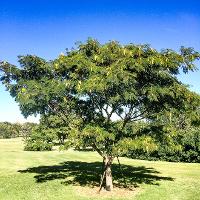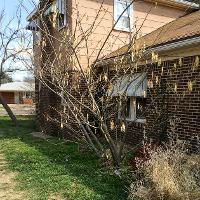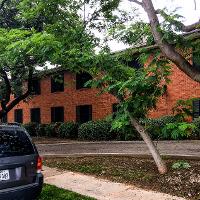Mimosa, Silk-Tree, Albizia
Albizia julibrissin
Deciduous-Trees
The mimosa tree produces attractive, pink, fluffy flowers, but its weak wood and tendency to sucker mean that it's likely best to avoid using it in the landscape.
(Detailed plant information can be found at the bottom of the page.)

Albizia julibrissin Photo Gallery
Albizia julibrissin Plant Information
| Classification | |
|---|---|
| Scientific Name: | Albizia julibrissin |
| Common Name: | mimosa silk-tree albizia |
| Family: | Fabaceae |
| Suggested Uses: | small specimen, shade tree |
| Characteristics | |
| Height: | 20 - 35 feet tall |
| Foliage: | alternate, bipinnately compound with 40 to 60 leaflets, and deciduous often leafs out late in Spring |
| Flower: | fragrant, light pink, numerous 1 inch long pink stamens |
| Bloom Period: | early - late Summer |
| Fruit: | 5 - 7 inch long pod persists throughout winter |
| Bark: | smooth and dark gray or brown |
| Environment | |
| USDA Zone: | zones 6 - 9 |
| Care | |
| Maintenance: | trees will die to the ground and produce numerous suckers fruit can be an issue |
| Pests & Pathology: | Fusarium wilt (plugs vascular tissue) is the main problem |
| Additional Notes: | should probably avoid in the landscape; flowers are attractive, but do not warrant the use of this tree |
TTU Plant Resources
-
Address
Texas Tech University, Department of Plant and Soil Science, Box 42122, Lubbock, TX 79409 -
Phone
806.742.2838 -
Email
Melanie.Jackson@ttu.edu

